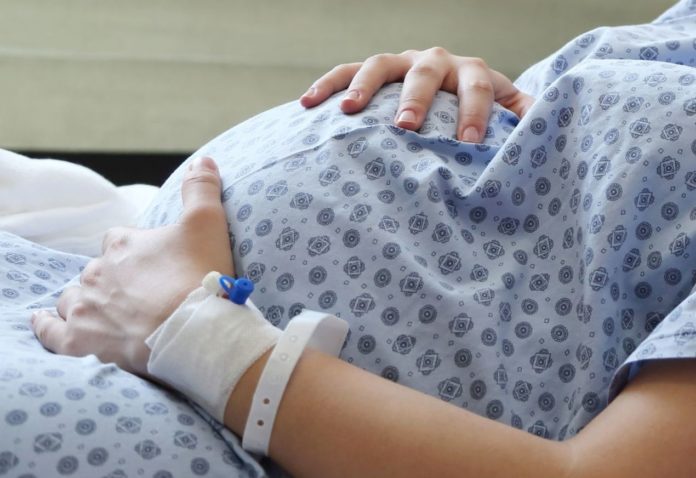Paternally-expressed genes are greedy and selfish
A vital signal used by the fetus to control its flow of nutrients from the placenta has been uncovered by Cambridge scientists, indicating a tug-of-war between genes inherited from the father and the mother. The mouse study could help explain why certain newborns grow poorly in the womb.
During the course of the pregnancy, the fetus must signal to the mother his or her rising nutritional needs. It is fed by blood vessels in the placenta, a specialized organ that contains cells from both the baby and the mother.
About 10% and 15% of newborns grow poorly in the womb, generally with decreased blood vessel formation in the placenta. These blood arteries in humans expand substantially during mid and late gestation, reaching a total length of about 320 kilometers at term.
A team lead by experts from the University of Cambridge utilized genetic modified mice in a study published today in Developmental Cell to explain how the fetus creates a signal to drive the formation of blood arteries within the placenta. This signal also promotes changes in other placental cells, allowing more nutrients from the mother to reach the fetus.
“As it grows in the womb, the fetus needs food from its mum, and healthy blood vessels in the placenta are essential to help it get the correct amount of nutrients it needs,” said Dr. Ionel Sandovici, the paper’s first author.
“We’ve identified one way that the fetus uses to communicate with the placenta to prompt the correct expansion of these blood vessels. When this communication breaks down, the blood vessels don’t develop properly and the baby will struggle to get all the food it needs.”
The researchers discovered that the fetus sends an IGF2 signal through the umbilical cord to the placenta. In humans, IGF2 levels in the umbilical cord gradually rise between 29 weeks of gestation and term: too much IGF2 is related to excessive development, whereas not enough IGF2 is associated with insufficient growth. Babies that are too big or too little at birth are more likely to suffer or even die, and they are more prone to develop diabetes and heart issues as adults.
“We’ve known for some time that IGF2 promotes the growth of the organs where it is produced. In this study, we’ve shown that IGF2 also acts like a classical hormone – it’s produced by the fetus, goes into the fetal blood, through the umbilical cord and to the placenta, where it acts,” added Dr Sandovici.
What their data tell about the womb’s battle is particularly intriguing.
When IGF2 is administered to mice, the response of the placenta’s blood vessels is mediated by another protein known as the IGF2R. IGF2 and IGF2R are produced by two genes that are ‘imprinted,’ which is a process in which molecular switches on the genes identify their parental origin and can turn the genes on or off. Only the igf2 gene inherited from the father is active in this scenario, while only the igf2r gene acquired from the mother is active.
“One theory about imprinted genes is that paternally-expressed genes are greedy and selfish. They want to extract the most resources as possible from the mother. But maternally-expressed genes act as countermeasures to balance these demands,” added lead author Dr Miguel Constância.
“In our study, the father’s gene drives the fetus’s demands for larger blood vessels and more nutrients, while the mother’s gene in the placenta tries to control how much nourishment she provides. There’s a tug-of-war taking place, a battle of the sexes at the level of the genome.”
The results, according to the researchers, will help them better understand how the fetus, placenta, and mother communicate with one another during pregnancy. This could lead to new means of monitoring IGF2 levels in the baby and discovering ways to utilize medication to normalize these levels or encourage proper placental vasculature development.
The researchers utilized mice because their genes can be manipulated to simulate various developmental situations. This allows them to investigate the various systems at work in greater depth. Because mice’s physiology and biology are so similar to humans’, researchers can use them to model human pregnancy and learn more about it.
Source: 10.1016/j.devcel.2021.12.005
Image Credit: Getty
You were reading: War in the womb begins as father and mother’s genes tussle over nutrition
